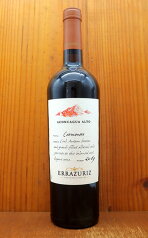(n) Higashiyama period (cultural and artistic period of the mid-Muromachi)
(n) Momoyama period (latter half of the Azuchi-Momoyama period, approx. 1583-1600 CE)
(n,adj-no) the greatest of the day
(n,adj-no) the greatest of the day
(n,adj-no) being unsurpassed (unparalleled) at present
(n,adj-na,adj-no) being unsurpassed (unparalleled) at present
(n) Fujiwara period (esp. used as a period of art history, approx. 894-1185 CE)
(n) Copper Age (period in which metal tools started to be used alongside stone tools)
(n) Tokugawa period (i.e. the Edo period, 1600-1867 CE)
(n) (sumo) era during the 1950s dominated by grand champions Tochinishiki and Wakanohana I
(n) Nara period (710-794 CE)
(n) the Jomon period
(n) era of Japanese imperialism
(n) (sumo) era during 1960s dominated by grand champions Taiho and Kashiwado
(n) generation of young people (esp. of the 1970s) apathetic about social issues
(n) Hakuho period (esp. used as a period of art history, approx. 645-710 CE)
(n) (obsc) Age of Discovery
(n) Asuka period (550-710 CE)
(n) ice age
glacial period
(n) apparent authority
(n) (uk) silverthorn (species of oleaster, Elaeagnus pungens)
thorny elaeagnus
thorny olive
(n) one's dark days
the period during which one suffered misfortune and obscurity
(n) hereditary succession
(n) hereditary daimyo (whose ancestors supported Tokugawa Ieyasu prior to the battle of Sekigahara)
(n) Feudal period (characterized by the rule of the shogunate as opposed to emperor, 1185-1867 CE)
(n) deputy section or department manager
(n) feudal period
(n) substance metabolism
(n,adj-no) metabolism
(n) Heian period (794-1185)



